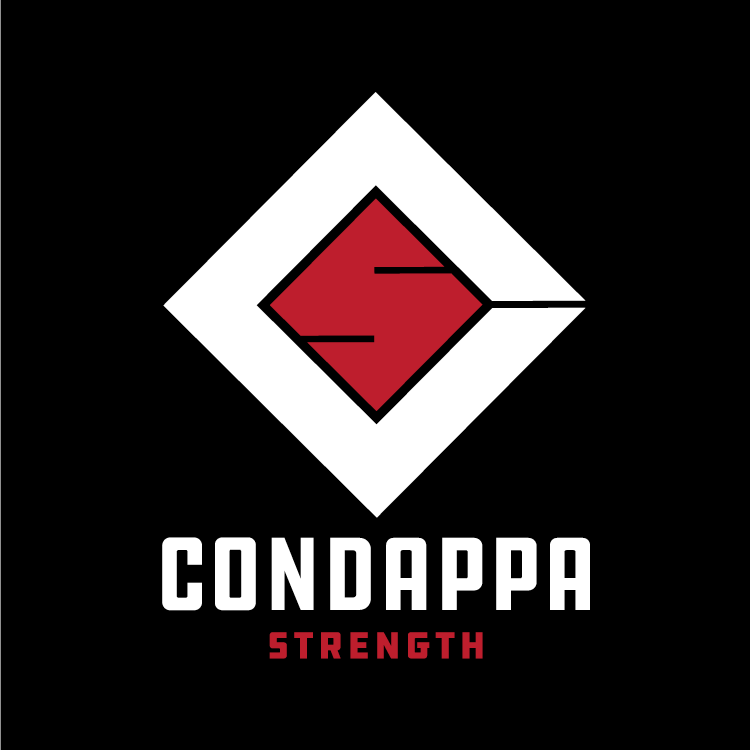Why 2,000 Calories and BMI Charts Fail Active Women
If You Exercise, These Numbers Weren’t Made for You
You’re working out, lifting weights, staying active… and yet you’re stuck. You’re doing what the labels say—2,000 calories a day, checking your BMI, weighing yourself often—but your progress doesn’t match your effort.
That’s because most of these “standard” guidelines weren’t made for you.
Let’s break down why.
The 2,000-Calorie Myth
The daily 2,000-calorie recommendation you see on every food label? It’s not tailored, personalized, or even backed by science for active women. It was created for marketing purposes—to simplify food packaging, not to reflect the needs of real, moving bodies.
If you’re training regularly, lifting, running after your kids, or even walking several miles a day, your body needs more fuel. Trying to stick to 2,000 calories when you’re consistently active can lead to fatigue, plateaus, and even muscle loss.
The BMI Trap
Body Mass Index (BMI) is a height-to-weight ratio that completely ignores body composition. That means it can label a strong, muscular woman as “overweight” or “obese,” even if she’s lean, healthy, and fit.
It’s not just misleading—it’s damaging to your mindset and your progress. BMI doesn’t know the difference between fat and muscle, and it certainly doesn’t reflect the strength you’ve worked so hard to build.
Here’s the Real Problem
Only 25% of Americans were considered physically active as of 2020. That means the majority of health guidelines—including calorie recommendations, BMI charts, and even wearable calorie trackers—are built for sedentary people.
So when you follow those same tools as an active person, you’re playing by rules that were never made for you.
Other Tools That Don’t Apply to Active Women
Let’s take it a step further. Here are other commonly used tools that don’t tell the full story when you’re working out consistently:
• Scale Weight Alone: Doesn’t account for lean muscle vs. fat.
• Ideal Weight Charts: Based on height, not composition or strength.
• Generic Body Fat Charts: Often outdated and not reflective of athletic women.
• Heart Rate Zones: Based on averages, not your specific fitness level.
• Calorie Burn Estimates on Wearables: Often inaccurate—off by up to 40%.
• RDA Nutrient Guidelines: Designed for sedentary bodies.
• Step Goals like 10,000 Steps: Great for beginners, not enough for active lifestyles.
• Online Meal Plan Generators: Often underfueling women who work out.
Real Client Example
One of my clients came to me eating 1,800 calories a day. She was lifting three times a week, doing cardio, and staying busy with family—but felt drained and stuck.
When we increased her calories, focused on protein, and stopped obsessing over the scale, everything changed. She got stronger, dropped inches, and had way more energy.
She didn’t need less food—she needed the right food for her lifestyle.
The Takeaway
If you’re active, you need to stop following nutrition rules written for sedentary people. You’ve earned the right to train smarter, fuel better, and measure progress in a way that honors your strength—not shrinks it.
No more shrinking to fit a chart. No more starving to hit a label. This is your time to take control.
💬 What About You?
Have you ever followed the 2,000-calorie rule or checked your BMI and felt like it didn’t reflect your reality? Share your story in the comments—I’d love to hear your experience and what shifted for you.
📌 Free Resources & How to Connect:
🔔 Want more personal stories, wellness tips, and no-BS guidance? Subscribe to my updates!
👉 Ready to take the next step? Let’s connect:
🌐 Website: https://www.condappastrength.com/
📌 Free Guides: https://mtr.bio/condappa-strength
🗓️ Schedule a Complimentary Consult: https://Condappastrength.as.me/Consult
📲 Follow Me On Social Media:
➤ Instagram: @condappastrength
➤ Facebook: CondappaStrength
➤ Twitter (X): @MrCondappa
➤ Pinterest: ShaneCondappa
➤ LinkedIn: Shane Oran Condappa
👍 Like and share if this article helped you or someone you know. Let’s shift the standard together! 💪
